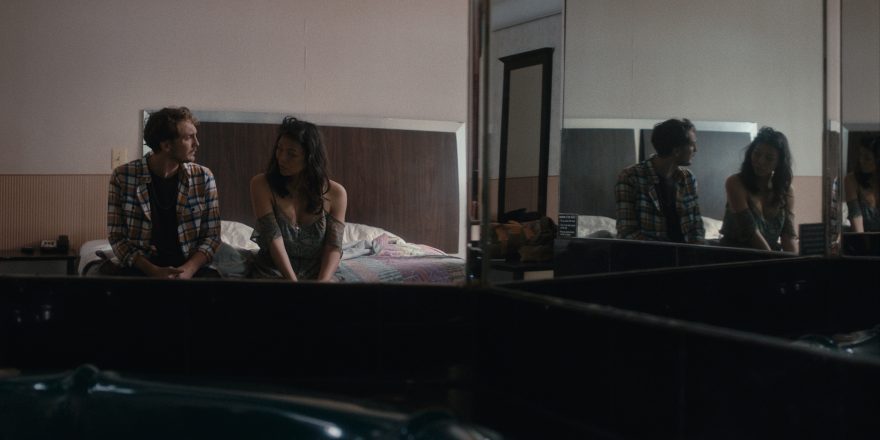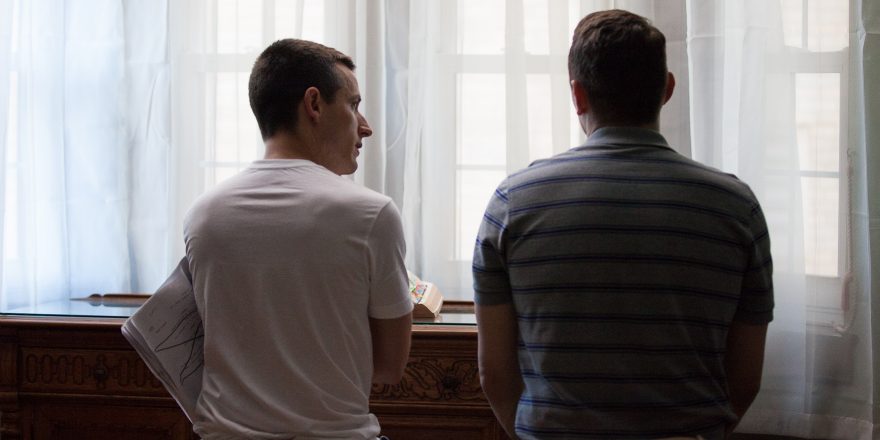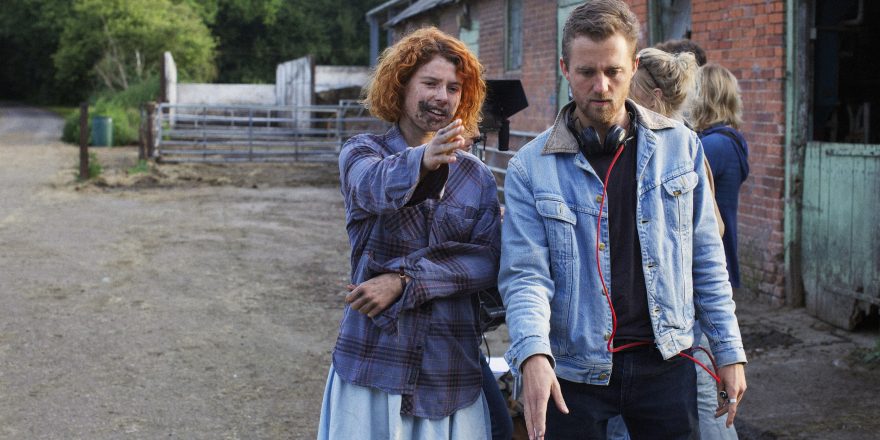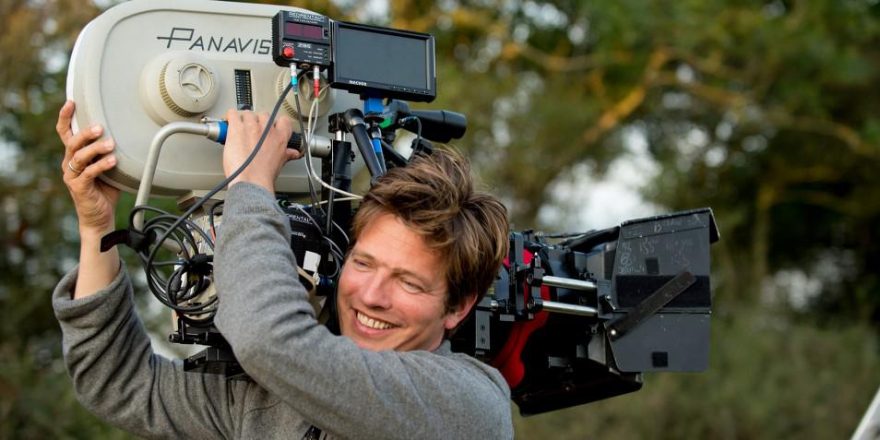As a self-taught filmmaker, I can’t claim to have a straightforward or linear path in the evolution of my sensibility compared to someone with formal training. You could say I tailored my own curriculum in film studies (or randomly cobbled it together, in the early stages), name-checking masters of the cinematic canon – Bergman, Akerman, Tarkovsky, Ozu, Fellini, to name a few.
As an artist, I wanted to remain a free thinker, so I avoided film school. When you’re under the tutelage of film professors, you tend to soak up their cinematic philosophy, their worldview, their vocabulary. If they’re especially persuasive, you could get too complacent to think matters through yourself. That’s what I thought, anyway. I did consider that perhaps my reservations may be overblown. I attended Catholic schools – in the Philippines, where I grew up – from kindergarten onward, and graduated college with a repugnance for dogma and indoctrination.
My ambivalent relationship with Catholicism has turned up habitually in my work, but I mostly credit it for stoking my ken for subterfuge and subversion. I like to break the rules. Mind you, I harbor no predilections for criminal activity. Rather I indulge these rebellions in my intellectual, artistic life.
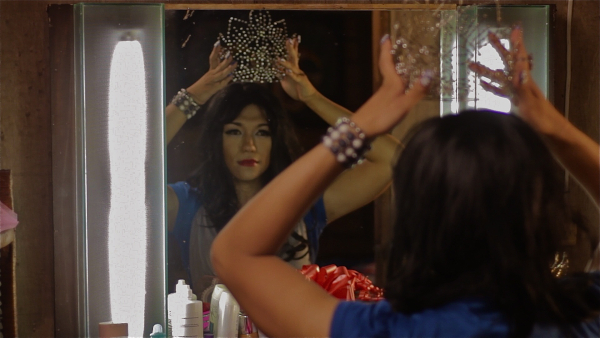
Rules are meant to be broken; conventions, flouted. I pretty much did that in each of my three features so far, Señorita, Apparition and Lingua Franca. But in order to defy conventions, one has to know and understand them intimately. Both Señorita and Apparition are in Tagalog and set in the Philippines; they’re considered Filipino films. Filipino arthouse cinema since the ’70s heyday of Lino Brocka has predominantly been social-realist. Evolved over decades, the social-realist Filipino film has its distinctly identifiable visual sense, filmic grammar, themes.
I decided that I wanted my debut feature to steer away from that and invented my own kind of Filipino film. That’s how Señorita came about, a noir-inflected drama about a transwoman who quits sex work in Manila to start anew in a small town, only for her past to catch up with her. Technical blemishes aside, Señorita feels like a grotesque melange of Wong Kar-wai and Almodóvar, under whose spell I was very much under at the time. These formal choices – besides its shadowy morality, knotty plot and pulpy heart – distinguished it from Filipino arthouse cinema, for good or bad. That said, I felt vindicated (and validated) when it premiered at the 2011 Locarno Film Festival, where it played alongside Alex Ross Perry’s The Color Wheel in the emerging talents section.
My second feature, Apparition, is – surprise, surprise – about Catholic nuns. It’s set in 1971, at the height of the Marcos dictatorship, and these cloistered nuns lead a tranquil existence in the woods as the world outside erupts in tumult. One of the nuns secretly attends political rallies, and her arc is from naive subservience to political indignation. A Filipino movie about nuns is expected to be a “religious” film. Apparition is pointedly not. Neither is it overtly political, despite its milieu. Its most significant deviation from popular Filipino cinema is formal. Rarely venturing outside the monastery, the film is remarkably quiet and muted (while studio dramas tended to be talky and melodramatic). There’s a 10-minute stretch of scenes with no dialogue, yet they are the most emotionally intense in Apparition. The ghost of Bergman’s Persona is all over that film.
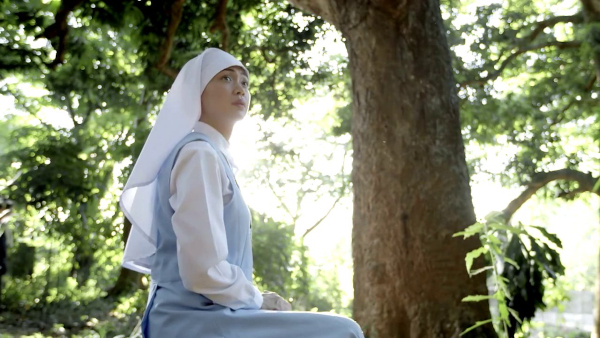
While my transgressions were by design at the formal level, I’m now realizing – looking back on my oeuvre as I revise my fourth feature screenplay – that they began to shape my own sensibility as a filmmaker. I specialize in interiority, in intimate, wordless spaces. I convey the truth about the characters in what I leave unseen and unsaid – dramas of omission.
I have to say that writing this piece – and the nudge it’s given me to reflect on my own work – allowed me to dissect my films from the outside, looking in. Having said what I just did about Apparition, I’m now discovering a more direct through-line between that and my follow-up, Lingua Franca, in their intimacy. Both films also raise the moral stakes as they shift subjectivity between main characters. Lingua Franca does that with Alex and Olivia. But what I innovated in Lingua Franca was to give that intimacy a range of shadings from lyrical and sensual to oppressive.
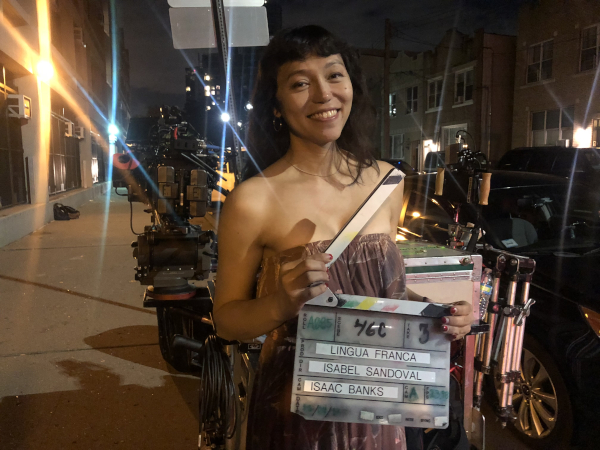
Three features in, the most vital thing I learned from my self-made film school is that cinema, like all art, is an emotional experience.
All other aspects of the film, from narrative to sound and art direction, are in service of the emotional experience. Even though formal elements do stand out (for example, the production design in Wes Anderson’s films), they’re designed to elicit that intended emotion. How singular, profound and intense you can make that emotional experience for your audience determines how unique you are as an artist. You’re seducing the audience and stirring up genuine emotions in them while manipulating artificial elements like image and sound. You induce a craving for a very particular mood or emotional state that your audience didn’t even know they wanted before. Now they keep coming back, because you’re the only one that can satisfy it.
Featured image shows Isabel Sandoval with Eamon Farren in Lingua Franca.


